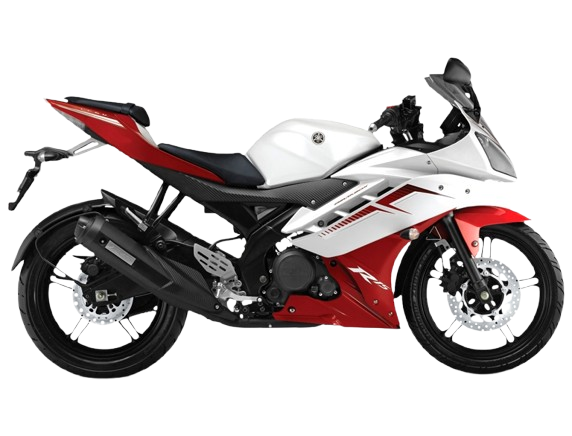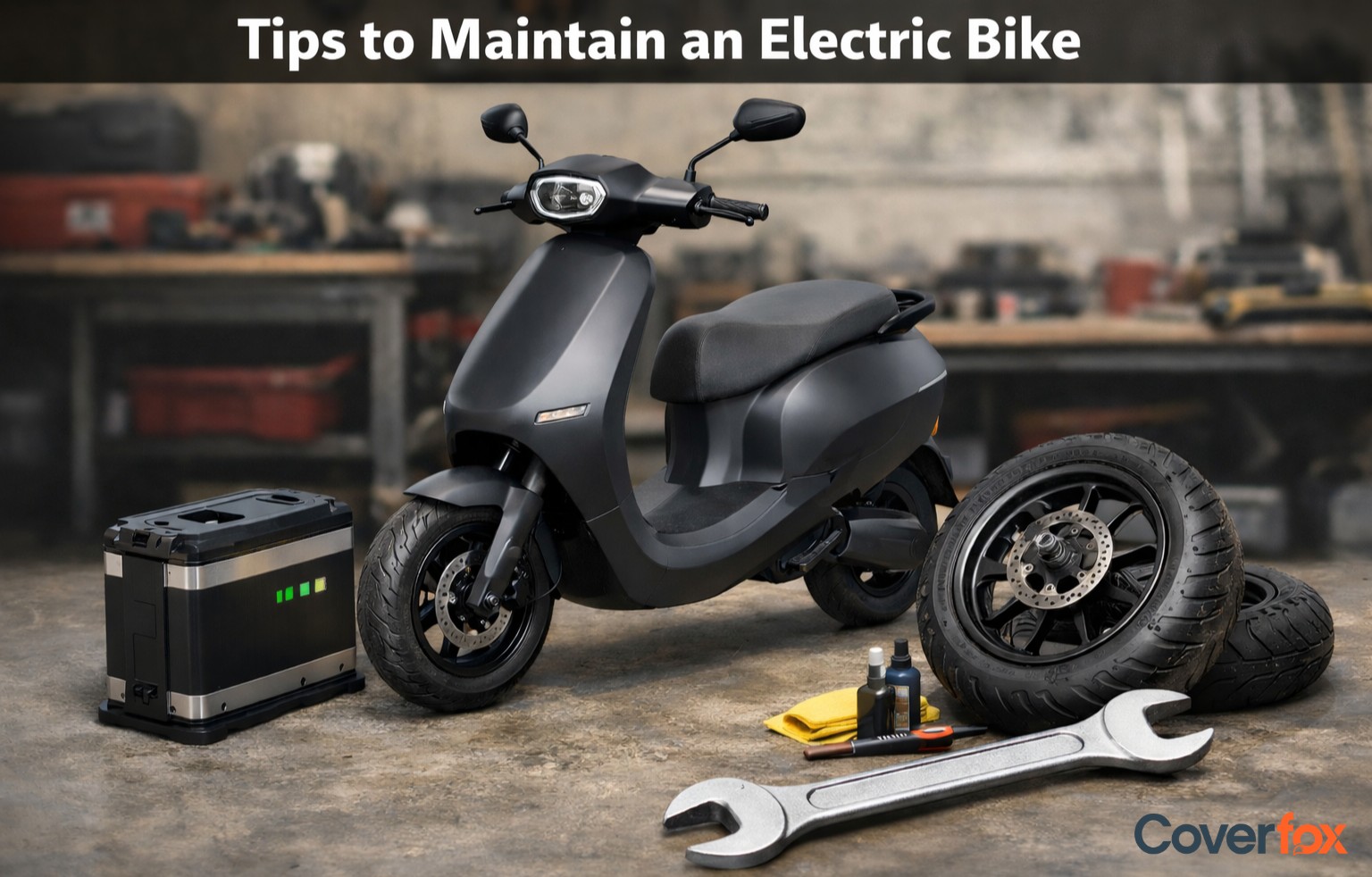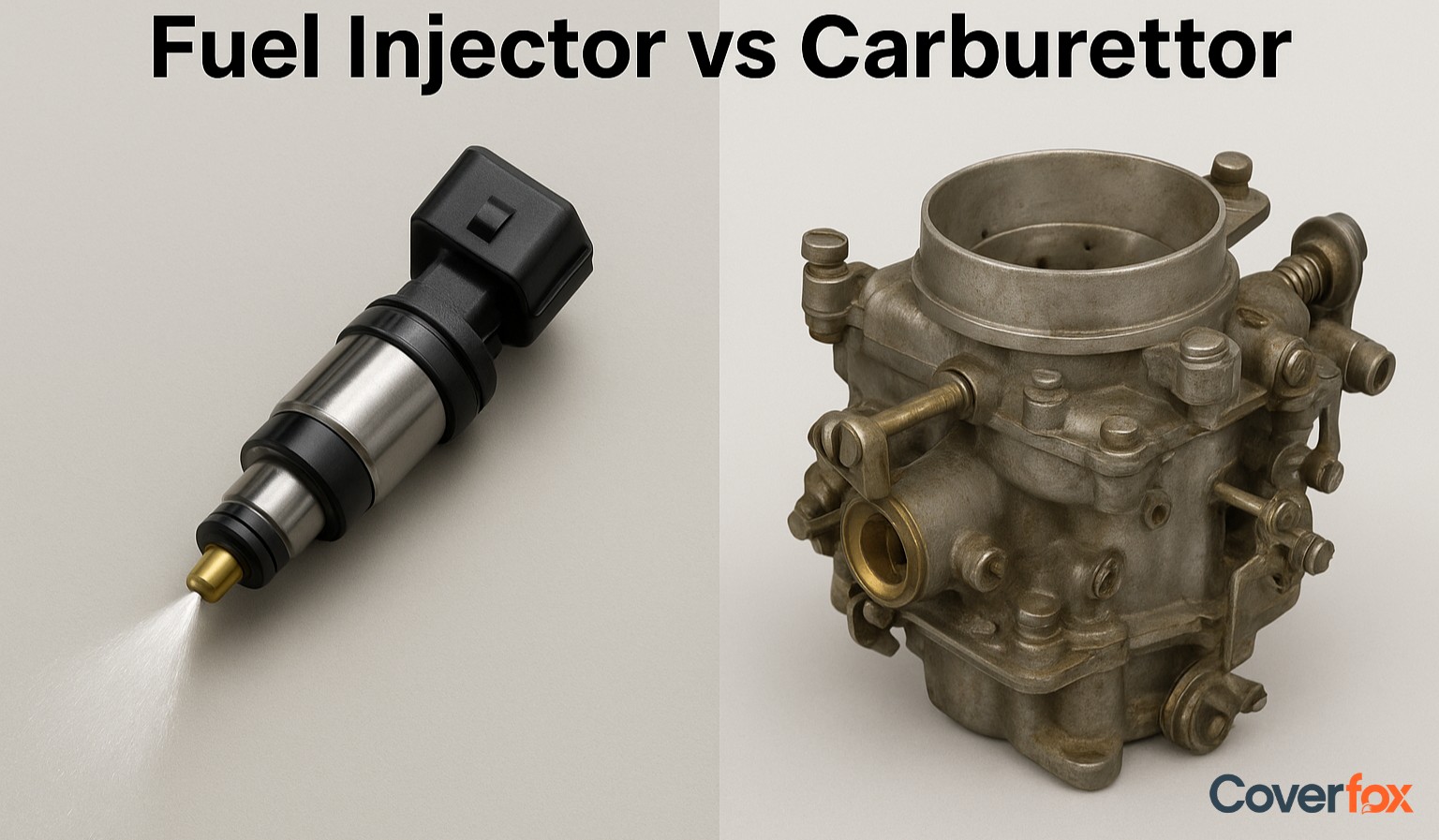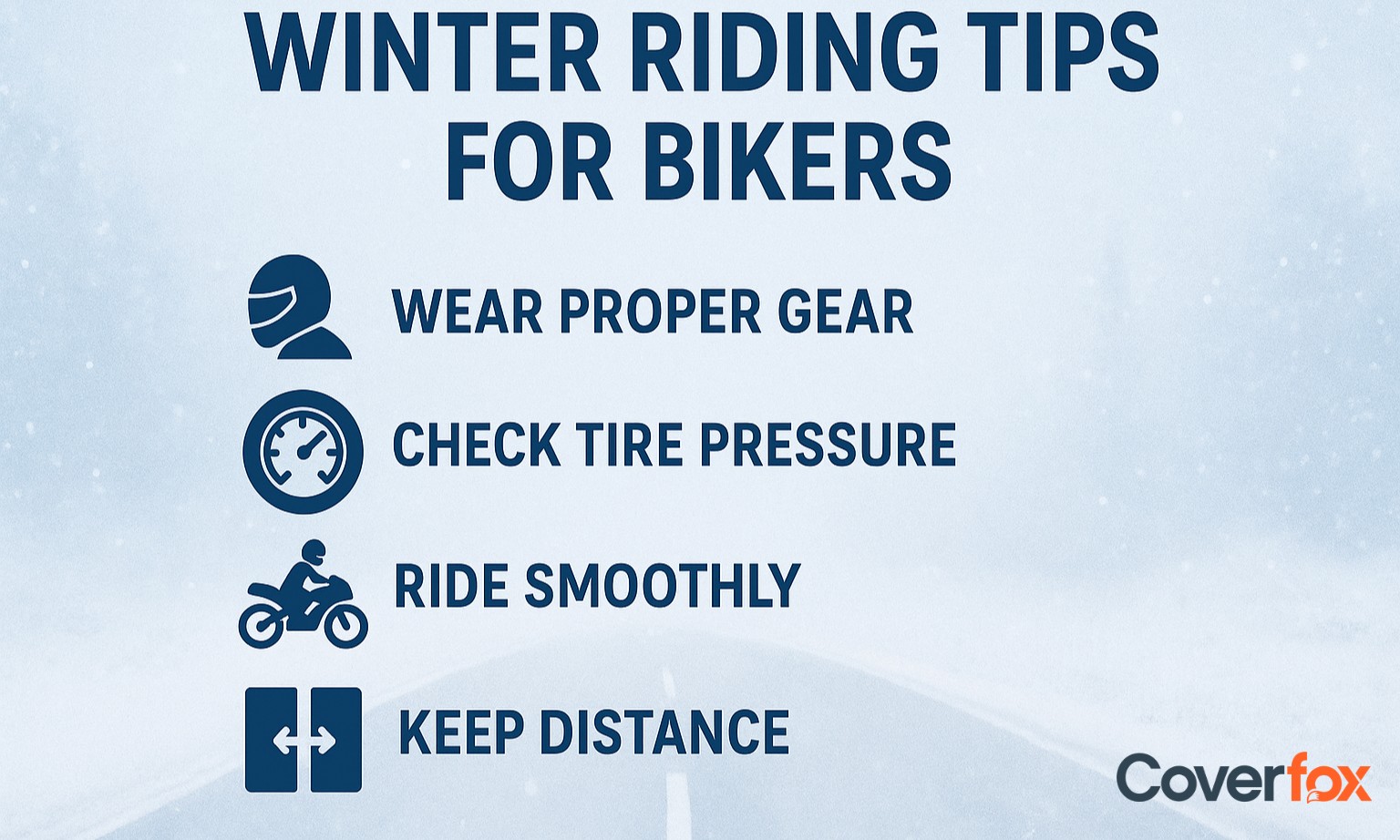Buying a bike is thrilling, but protecting it can be confusing. Some bike owners often confuse bike warranty with bike insurance and think that they serve the same purpose.

No doubt both offer financial protection, but they cover different situations and protect in different ways. Having the correct knowledge about these two is important so that you can avoid surprises when it comes to repairs, replacements, or accidents. This article aims to clear up the most common doubts and help you understand the key differences between bike warranty and bike insurance.
What is bike insurance and what does it cover?
Bike insurance is an agreement between the insurance company and you. In exchange for the premium you pay, bike insurance provides you with financial security against accidents and damages caused to the bike. Insuring the bike with third-party insurance cover is mandatory as per the law.
However, buying comprehensive bike insurance is highly recommended as it covers not only third-party injuries or property damage but also damages caused by accidents, theft, fire, or natural disasters to your bike. You can also enhance the protection of your bike by selecting additional add-ons.
What is a bike warranty, its types and scope?
When you buy a bike, the manufacturer provides a warranty, which is a guarantee to repair or replace components that fail due to a manufacturing defect within a specified period or mileage when needed. The warranty is issued for a fixed period, during which you can get parts replaced or repaired for free of cost.
What is covered under Bike Warranty
- Mechanical components like the engine, gearbox, etc.
- Electrical components such as the CDI unit, ignition coil, etc.
- Safety equipment, including ABS, ride-by-wire, etc. (Note: Coverage may vary by brand and model; this might not apply universally.)
What is not covered under the Bike Warranty
- Regular wear and tear of the vehicle
- Any alterations or modifications
- Labour costs
- Damages caused due to negligent driving
- Damages caused due to illegal racing
An insurance company provides insurance, while a manufacturer offers a bike warranty, which guarantees the repair or replacement of certain parts in the event of defects. There are mainly two types of warranties offered:
New Warranty
This is provided when you purchase a bike and generally lasts for 3–5 years, depending on the manufacturer or usage in kilometres.
Extended Warranty
This can be purchased after your new warranty expires, and its coverage may differ from the original warranty plan.
Difference between bike warranty and bike insurance
Many riders mistake bike warranty and insurance as the same, but each serves a distinct purpose. Knowing the key distinctions helps you avoid unexpected expenses and ensures your bike is properly protected. This section highlights the main differences between the two.
| Aspect | Insurance | Warranty |
|---|---|---|
| Coverage | Protects against third-party liabilities, accidental damages, theft, natural/man-made disasters, fire, and total loss | Protects against mechanical or electrical failures and defective parts covered under the manufacturer's warranty |
| Third-party liability | Mandatory by law; covers death, disability, or property damage to a third party | Not covered |
| Faulty bike parts | Not covered | Not covered Covers repairing and replacing of the faulty parts |
| Customisation for what to purchase | Can be customised with add-ons like zero depreciation, roadside assistance, consumables, NCB protection, engine protection, etc. | No customisation available |
| Bike theft | Covered | Not covered |
| Personal accident cover | Mandatory, purchased separately (usually covers owner-driver) | Not available |
| Total loss | Covered when the repair cost exceeds 75% of the bike’s IDV | Not covered |
| Mechanical/electrical failure | Not covered | Covered, provided it falls under warranty terms |
| Man-made & natural disasters | Covered (floods, fire, riots, earthquakes, etc.) | Not covered |
Pros and Cons of Bike Warranty
| Pros | Cons |
|---|---|
| Covers faulty bike parts | Does not cover accidental damages |
| Option to avail an extended warranty after the standard warranty expires | Depending on the terms, it excludes regular wear-and-tear items like tyres, brake pads, and clutch plates |
| Not mandatory to buy | Does not cover third-party liabilities |
| Some manufacturers provide it for free or at very low cost | No option to add personal accident cover |
| Provides peace of mind against manufacturing defects | It cannot be customised like bike insurance |
| Can increase a bike’s resale value if still valid at the time of sale | Claim approval is only through authorised service centres, limiting flexibility |
| Helps reduce repair costs during the warranty period | Coverage is limited to a specific period (2–5 years usually) |
Pros and Cons of Bike Insurance
| Pros | Cons |
|---|---|
| Provides third-party liability cover, which is mandatory as per law | Requires yearly renewal (unless long-term plan purchased) |
| Comprehensive cover protects against own damages, theft, fire, and natural/man-made disasters | Premium cost can be high depending on bike age, model, and add-ons |
| Option to buy add-ons like zero depreciation, roadside assistance, engine protection, etc. | The claim settlement process may take time and involve documentation |
| Financial protection in case of total loss of the vehicle | Premium increases after claims, reducing No Claim Bonus (NCB) benefits |
| Includes compulsory personal accident cover for owner-driver | Only covers insured declared value (IDV), not full replacement cost |
| Can be transferred to the new owner upon bike sale | Excludes regular wear and tear or mechanical failures |
| Helps reduce out-of-pocket expenses during accidents | Deductibles and exclusions apply, limiting claim amount |
| Peace of mind knowing unexpected damages are financially covered | Fraudulent claims or misrepresentations can lead to rejection |
Myths and Facts about Bike Warranty and Insurance
Some bike owners get confused between warranty and insurance, which leads to misconceptions about what is covered. Hence, knowing the facts can help you protect your bike and avoid unexpected expenses.
| Myth | Fact |
|---|---|
| Warranty and insurance are the same thing | Warranty only covers manufacturing defects or faulty parts. It does not cover accidents or theft. |
| If I have insurance, I don’t need a warranty | Insurance does not cover faulty parts but is mandatory by law. Warranty provides repairs or replacements at no extra expense. |
| Warranty covers accidental damage | Warranties don’t cover accidents or misuse. Only insurance covers the damage caused in such cases. |
| An Extended warranty is unnecessary | An Extended warranty helps you to cover repairs beyond the standard period, which insurance cannot replace. |
| Insurance covers everything on my bike | Standard insurance does not cover wear and tear or certain accessories. It mainly handles accidental mishaps. |
Conclusion
Every bike owner should have the right knowledge about bike warranty and insurance, as well as understand the difference between them. A warranty protects you against faulty parts or manufacturing defects while insurance safeguards you against accidents, theft, and unforeseen damages. Purchasing bike insurance is a requirement by law, while having a warranty is optional and depends on your choice. Having both ensures that your bike is fully covered under different situations and gives you financial security during unexpected mishaps. By knowing what each covers and its limitations, you can make informed decisions and avoid unexpected expenses in the long run.
Also Read: What You Need to Know About Making a National Bike Insurance Claim
Frequently Asked Questions
Is a warranty the same as insurance?
No, a warranty covers manufacturing defects, while insurance covers accidental damages and risks.
What is covered in a bike warranty?
Bike warranty covers the repair or replacement of the parts that fail due to manufacturing defects.
Do I need insurance if I have a warranty?
Yes, insurance is mandatory by law, while a warranty is optional and depends on you.
What does a 12-month warranty mean?
It means that the manufacturer will cover eligible defects for 12 months from the purchase.
Is a new engine covered under warranty?
Yes, if the failure is due to a manufacturing defect and within warranty terms, it is covered under warranty.
Does warranty mean free repair?
Yes, warranty means free repairs for covered defects, but it does not include wear-and-tear parts.






